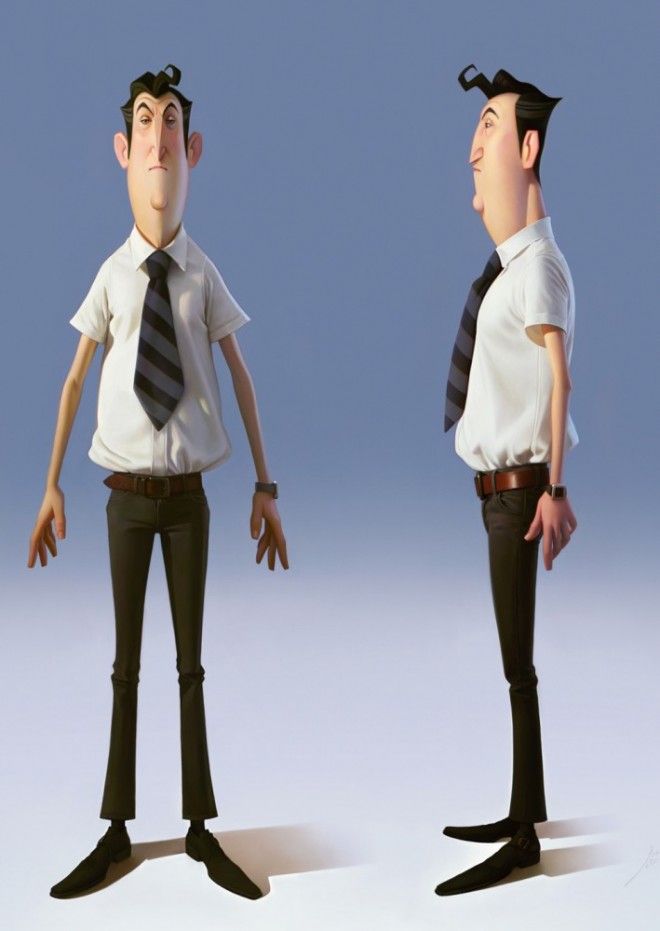
Embrace the captivating world of 3D character design with our comprehensive guide.
From mastering the fundamentals of animation to exploring innovative 3D modeling software, this article offers a structured, step-by-step approach to boost your skills.
Learn the art of texturing, shading, and critique, and find inspiration from industry leaders.
Embark on this enlightening journey to continuously evolve in the dynamic field of 3D design.
Ignite your creativity and jumpstart your 3D character design education today.
Understanding the Basics of 3D Character Design
In order to effectively navigate the realm of 3D character design, it is imperative to first comprehend the fundamental principles that underpin this complex and intricate discipline.
The bedrock of any successful character design journey is a solid grasp of 3D anatomy basics. A keen understanding of these building blocks enables the designer to create characters that are both anatomically correct and visually compelling.
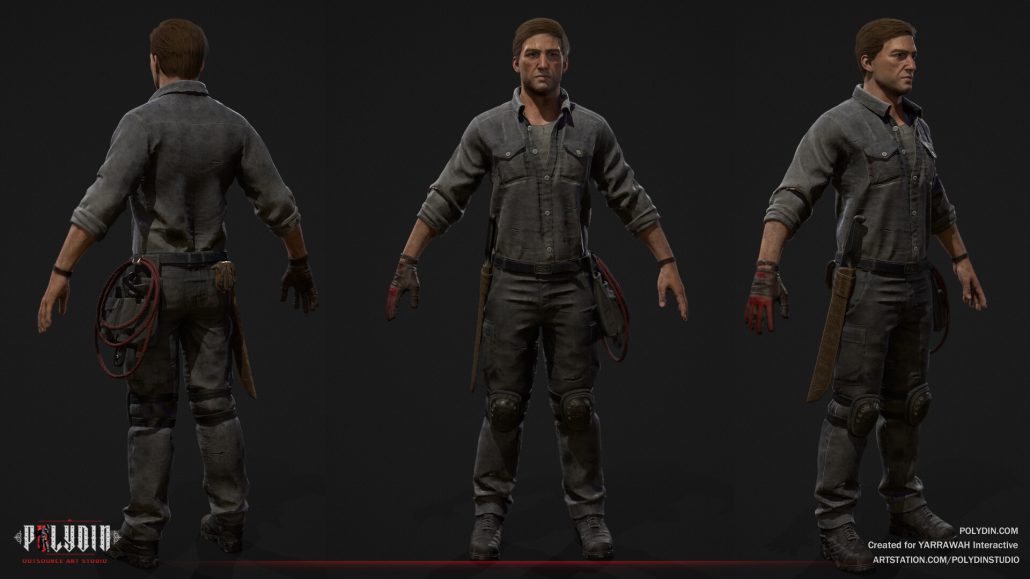
Coupled with this, character personality development is equally critical. It breathes life into characters, making them more than mere computer-generated figures, but entities that resonate with human emotions and complexities.
The Importance of Sketching in Character Creation
Why, you might ask, is sketching fundamental in character creation, and how does it influence the final 3D character design? The answer lies in the creative process. Sketching techniques provide a tangible way to visualize and manipulate ideas during the character brainstorming phase. They enable the artist to:
Experiment with different concepts:
Experiment with body types, facial features, clothing, and accessories before committing to a final design.
Try different poses and expressions to reveal the character's personality and backstory.
Refine the design:
Make iterative changes, constantly improving and refining the character.
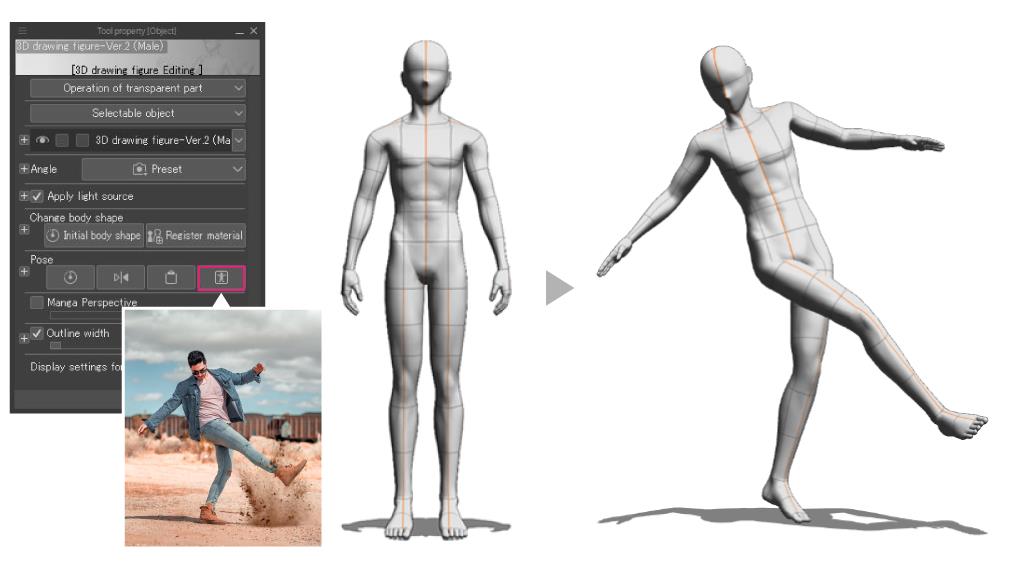
Check proportions and anatomy, ensuring believability and consistency.
The sketches become the foundation upon which the 3D character is built, influencing every aspect of the final design.
Learning the Fundamental Principles of Animation
Embarking on the journey of 3D character design demands a solid grounding in the fundamental principles of animation.
This includes understanding animation basics, mastering keyframe techniques, and exploring the concept of squash and stretch.
Each of these components plays a crucial role in bringing your character to life with authenticity, dynamism, and emotional depth.
Understanding Animation Basics
Before delving deeper into the intricacies of 3D character design, it's imperative to grasp the fundamental principles of animation. A solid understanding of animation history will provide a foundation upon which to build, while recognizing future trends allows for innovation and cutting-edge design.
To achieve this, let's focus on:

The Principles of Animation:
Timing and Spacing: These dictate the speed and fluidity of motion.
Squash and Stretch: This principle gives a sense of weight and flexibility to objects.
Animation history and future trends:
History: Early animation was a series of static images viewed in rapid succession.
Future trends: Increasing use of Virtual Reality (VR) and Augmented Reality (AR) in animation.
This knowledge is critical to create compelling, realistic, and innovative 3D characters.
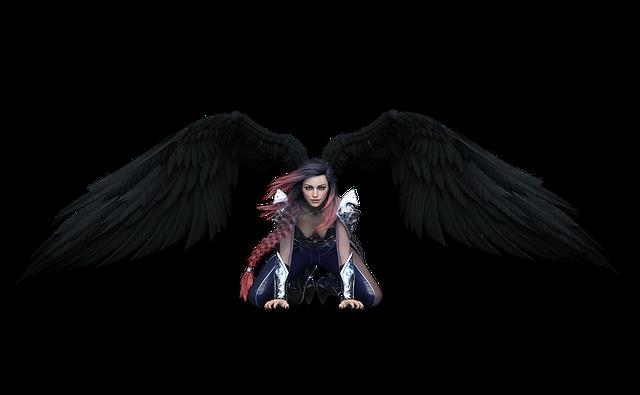
Mastering Keyframe Techniques
In the realm of 3D character design, gaining proficiency in keyframe techniques is an integral step towards understanding the fundamental principles of animation.
Keyframe evolution, an innovative concept, allows animators to design and control a character's movement from one frame to the next, creating fluid and realistic motion.
This process involves setting starting and ending points, known as 'keyframes', and allowing the software to generate the in-between frames or 'motion tweens'.
Mastering this technique requires understanding the nuances of timing, spacing, and the natural laws of physics.
By fine-tuning these aspects, you can create animations that are lifelike and engaging.
Embrace this dimension of your 3D character design education to unlock new horizons in creative expression.
Exploring Squash and Stretch
Squash and stretch, a vital principle in the realm of animation, is a technique that provides your character with a sense of weight and volume, and understanding its application is a significant step towards mastering 3D character design. This principle revolves around the squash mechanics and stretch dynamics, which when combined, can create lively and believable animation.
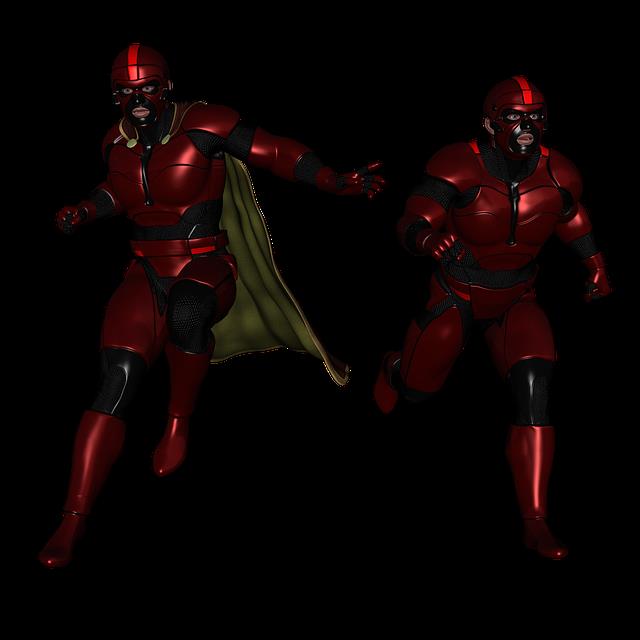
Squash Mechanics
Squashing gives the illusion of weight and flexibility, it's used when an object or character hits a surface.
The more an object squashes, the softer it appears.
Stretch Dynamics
Stretching simulates speed and adds exaggeration to your character's movements.
It can also enhance anticipation, a key element in creating dynamic action.
Understanding these principles is essential in creating innovative and compelling animations that engage the viewer.
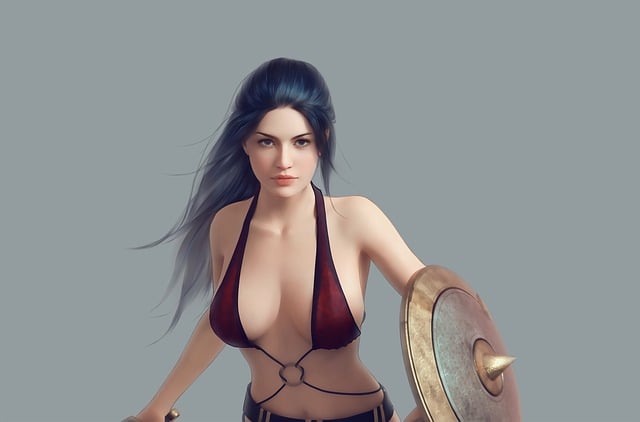
Exploring Different 3D Modeling Software
A critical step in advancing your 3D character design education is to familiarize yourself with an array of 3D modeling software.
In-depth exploration of each program's unique features will enable you to make informed decisions about which tools best suit your creative goals and skill level.
For novices, certain software may provide a more user-friendly introduction to the world of 3D modeling.
Software Features Comparison
Understanding each software's unique features and capabilities is critical in choosing the right 3D modeling tool for your character design projects. There are several key aspects to consider, such as software pricing and user interface accessibility.
To make a more comprehensive comparison, let's look at two major factors:
Software Pricing
Subscription-based pricing: Some software like Autodesk Maya offers a monthly or yearly subscription.
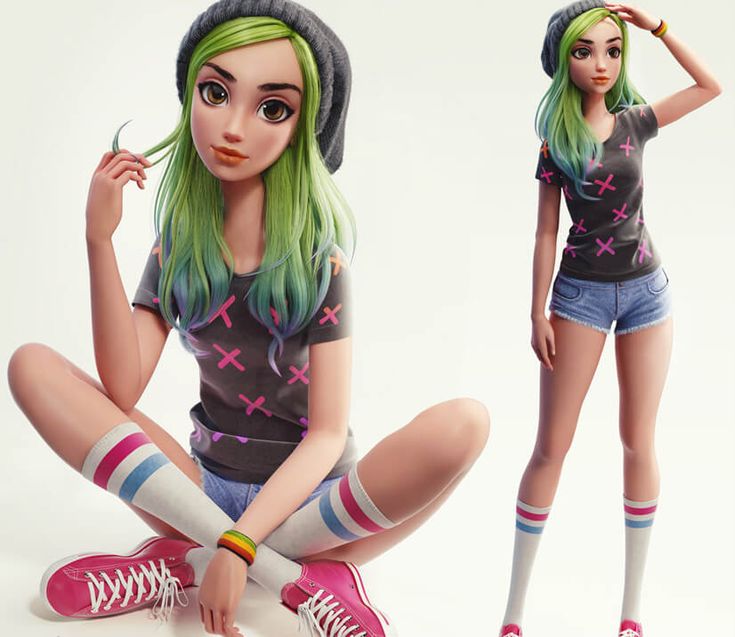
One-time purchase: Other software like ZBrush has a one-time purchase price.
User Interface Accessibility
Beginner-friendly: Software like SketchUp is known for its simplicity and user-friendliness.
Advanced features: Other software like Blender offers more advanced features for experienced users.
Best Software for Beginners
Let's delve into exploring the various 3D modeling software options that are ideally suited for beginners embarking on their journey in character design. Considerations such as software pricing and beginner pitfalls are vital when selecting the right tools.
AutoDesk's Maya and Blender are two examples of software with user-friendly interfaces, comprehensive tutorials, and pricing structures that cater to beginners. Maya, although on the pricier side, offers educational licenses, while Blender is open-source and free.
However, beginners should be aware of potential pitfalls such as complex functionalities and steep learning curves. Resources, such as online communities and tutorials, can help overcome these. Thus, the choice of software should not only be influenced by monetary factors but also the support system that accompanies it.

Mastering the Art of Texturing and Shading
The journey into the realm of texturing and shading is a crucial stage in your 3D character design education. It fosters a deeper comprehension of visual aesthetics and surface detail. Mastery of these skills offers the ability to breathe life into your characters, providing them with convincing tactile qualities and spatial presence.
Texture Mapping Strategies
Procedural Texturing: For complex, realistic surfaces.
Bitmap Texturing: For precise control over texture details.
Shading Style Variations
Flat Shading: For a stark, graphic novel effect.
Smooth Shading: For a soft, lifelike appearance.
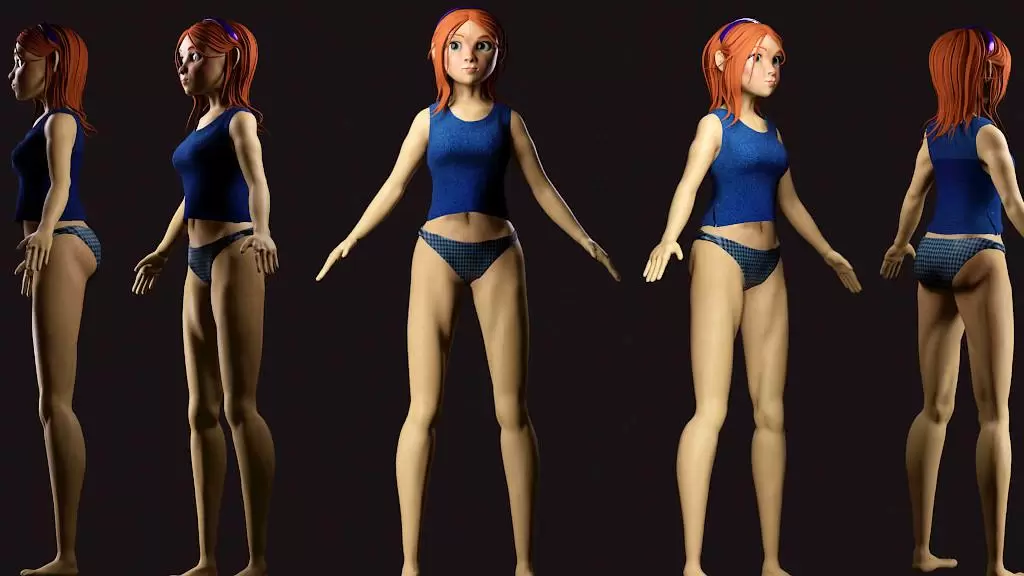
Exposure to different texture mapping strategies and shading style variations is vital for versatility. With practice, you can begin to create textures and shades that not only mimic reality but also capture the unique essence of your character designs.
The Role of Rigging in 3D Character Design
In 3D character design, rigging plays an instrumental role. It serves as the digital skeleton that gives a character the ability to move in a realistic and controlled manner. Rigging challenges often involve creating a flexible and robust system that can mimic the wide range of human motion.
To overcome these challenges, innovative rigging techniques are continuously being developed. These techniques include the use of advanced skeletal structures and dynamic simulations that allow for more natural movements and expressions.
Rigging is not merely a technical task, but a creative one as well. It requires a deep understanding of anatomy, physics, and animation principles. Mastering the art of rigging is essential for any 3D character designer who aims to create compelling, lifelike characters.
How to Animate Your 3D Characters
Animating your 3D characters involves five crucial steps:
Planning: Create a storyboard detailing the sequence of actions and character emotions.
Research: Understand the latest animation trends and integrate them.
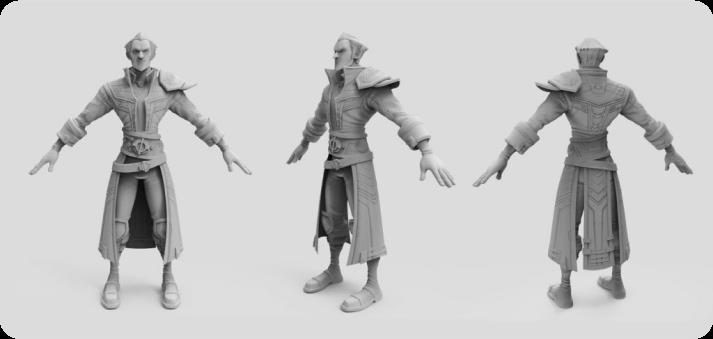
Posing: Establish the key frames that define your character's movements.
Detailing: Incorporate subtle movements for realism.
Straight ahead and pose to pose animation: Begin animating, either from start to finish or by creating key poses first.
Follow-through and overlapping: Ensure your animation has fluidity and continuity.
Refining and Polishing: Review your animation, make necessary adjustments, and add final touches for a polished look.
Each step is critical to creating dynamic, engaging 3D character animations.
The Impact of Lighting on Your Design
In the realm of 3D character design, the role of lighting cannot be overstated as it significantly influences the mood, depth, and believability of the design. Mastering lighting techniques and understanding the impact of shadow effects can help to elevate your designs, imbuing them with a sense of realism and dynamism.
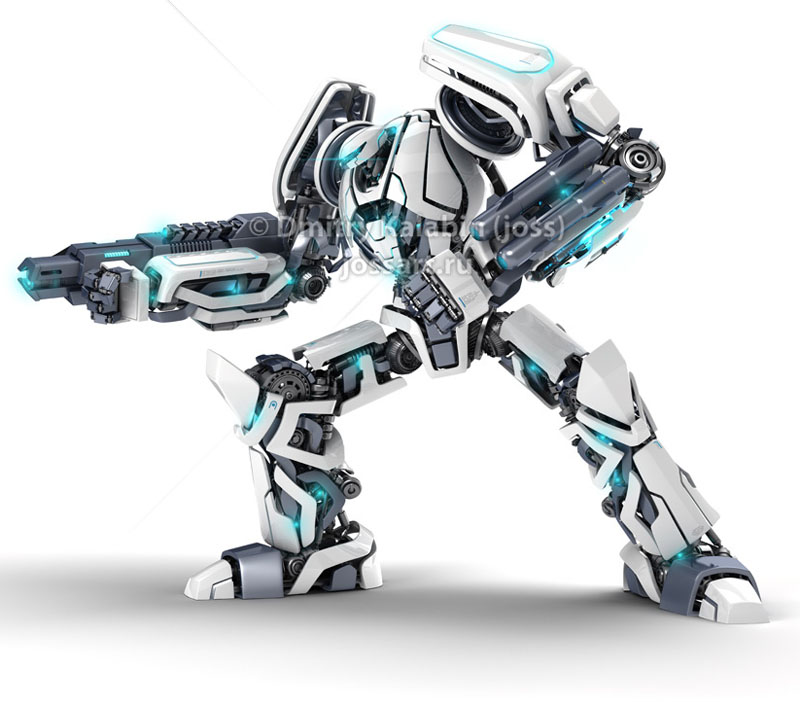
Thus, we shall discuss how to effectively utilize these elements to enhance our 3D character design.
Lighting Techniques
Undeniably, mastering lighting techniques is essential as it significantly impacts the perception and appeal of your 3D character design. Proper application of lighting enhances depth, texture, and overall realism of your character, thus bringing it to life.
Innovative light diffusion techniques and color theory application play a pivotal role here:
Light Diffusion Techniques
Soft Light: Creates a gentle light spread reducing harsh shadows and giving a warm, inviting feel.
Hard Light: Produces well-defined shadows and high contrast, ideal for dramatic scenes.
Color Theory Application
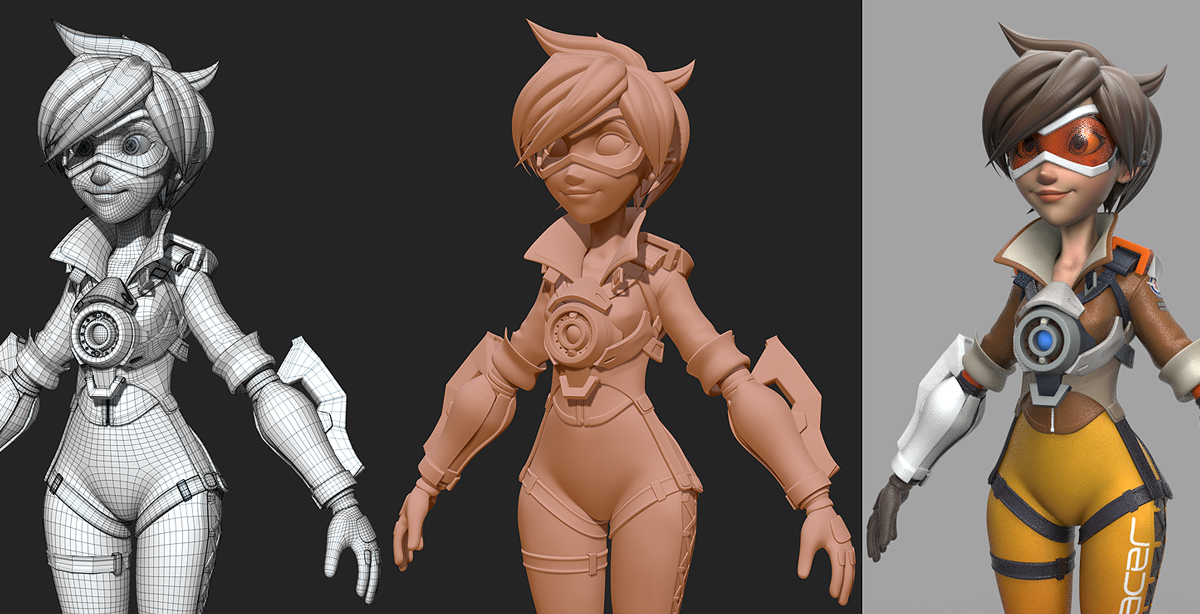
Warm Colors: Evoke energy, passion and daylight scenarios.
Cool Colors: Convey calmness, distance or night scenes.
Shadow Effects
Within the realm of 3D character design, understanding the profound influence of shadow effects, borne out of strategic lighting, is paramount to the portrayal of your character's depth and realism. Shadow positioning is a powerful tool, capable of morphing a flat image into a lifelike figure with depth and volume. Proper positioning can evoke emotions, guide viewer's attention, and enhance the character's believability.
Shadow opacity, on the other hand, governs the intensity of shadows, subtly controlling the mood and atmosphere. A stronger opacity can create a dramatic, high-contrast scene while a lower one can generate a soft, dreamy ambiance.
Mastering these two aspects of lighting design can significantly elevate the quality and impact of your 3D character designs.
Rendering: The Final Step in 3D Design
Once you have meticulously crafted and textured your 3D character, it's time to delve into the final step of the process: rendering. This phase can present several rendering challenges, as it transforms a mathematical representation into a visually striking 3D image. Here, advanced rendering techniques can significantly enrich your design.
Rendering Challenges and Techniques
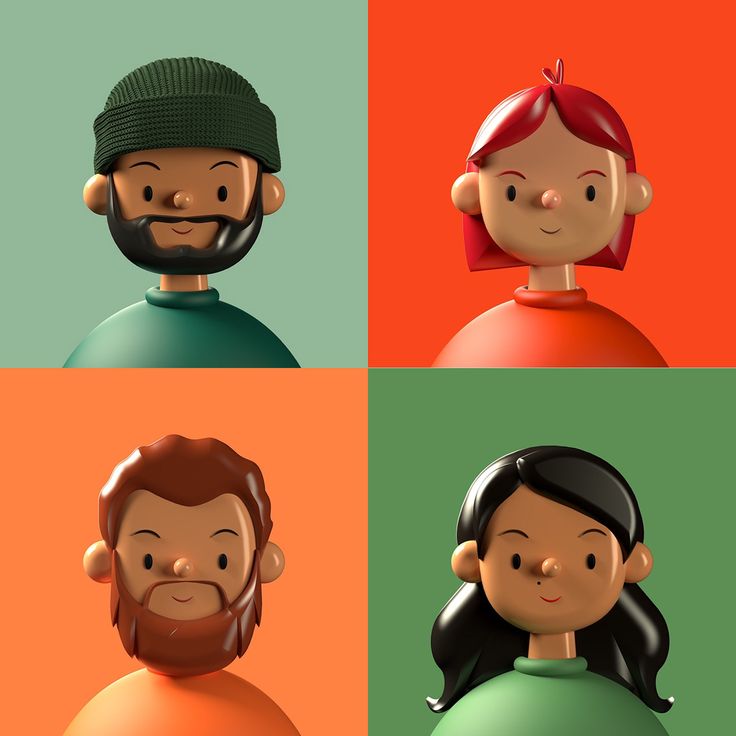
Rendering Challenges: These can range from controlling light sources, managing reflections, to mastering shadow effects. Knowing how to troubleshoot these issues is a mark of a skilled 3D artist.
Advanced Rendering Techniques: Techniques like Ray Tracing, Radiosity, and Physically Based Rendering bring lifelike realism to your designs. They can dramatically enhance the overall visual appeal, making your 3D character stand out.
How to Critique and Refine Your Work
The ability to critically evaluate and refine your own work is an indispensable skill in the field of 3D character design. It is essential to success in this innovative sphere. To enhance this skill, self-evaluation methods are invaluable. These methods can include revisiting your work after a break to gain a fresh perspective, or comparing your work to reference materials.
This process is not solitary, however. The importance of peer feedback cannot be overstated. It provides an external viewpoint, highlighting overlooked flaws and suggesting possible improvements. This collaborative critique fosters a constructive environment where innovation thrives.
Gaining Inspiration From Industry Professionals
Drawing inspiration from industry professionals is a fundamental step in advancing your 3D character design skills. By studying professional portfolios, you can see how established designers bring characters to life. This allows you to understand and emulate successful design principles in your work.
Use portfolios to:
- Identify key techniques and unique styles.
- Understand how designers handle different design challenges.
Moreover, staying current with industry trends is vital for innovation in your designs. To keep up with trends, follow industry blogs and forums. Attend design conferences and webinars.
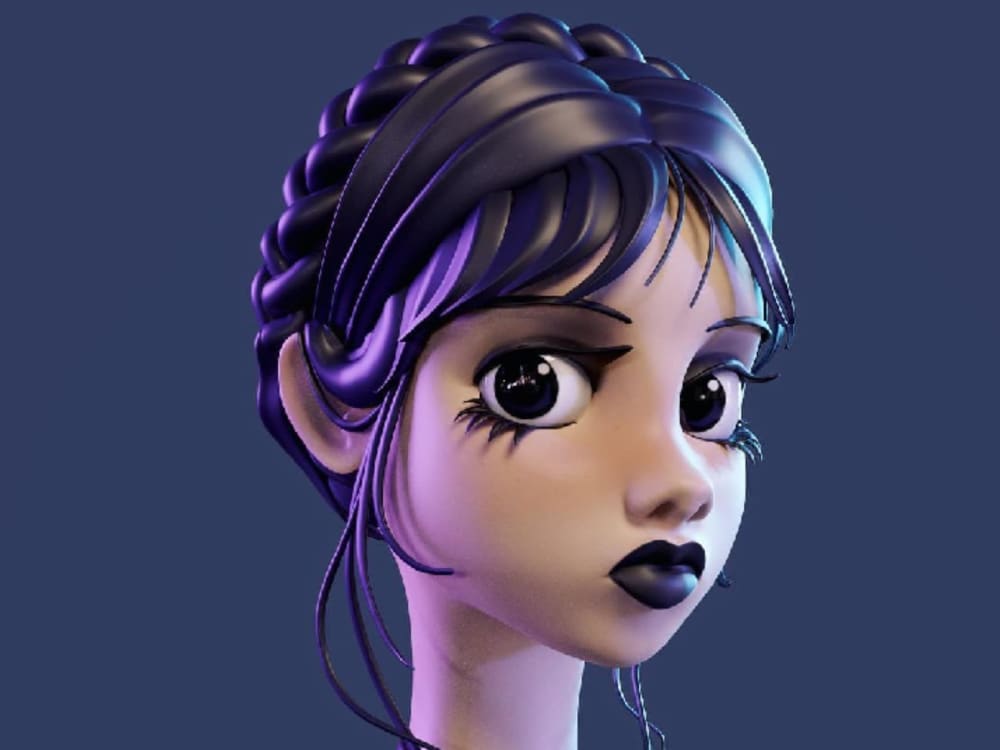
Continuous Learning and Development in 3D Design
Embracing a mindset of continuous learning and development is a cornerstone in your 3D design education, and it allows for constant improvement and innovation in your work. To stay competitive and fresh, you must keep your finger on the pulse of emerging 3D design trends. This means exploring and mastering the latest techniques, such as Virtual Reality modeling, which enhances your designs by creating immersive environments.
As technology evolves, so should your skills. Attend webinars, workshops, and conferences to learn from industry leaders. Join online design communities to share ideas, get feedback and learn from peers. Engage in self-study, dedicating time each day to practice and experiment.
This unceasing pursuit of knowledge will elevate your 3D design abilities and ensure your designs remain innovative and relevant.
Frequently Asked Questions
What Are the Typical Career Paths for a 3D Character Designer?
Typical career paths for a 3D character designer include positions in animation studios, game development, advertising, and film. Portfolio development is crucial, as is overcoming self-taught challenges to innovate and excel in this field.
A formal education in animation or design can be critical for understanding design software choices and exploring freelance opportunities in 3D character design. However, talent, creativity, and experience can also lead to successful careers.
What Is the Average Salary of a 3D Character Designer?
The average salary of a 3D character designer varies significantly based on designer responsibilities and industry opportunities. However, according to PayScale, the median income in the U.S. is approximately $50,000 annually.
Can You Recommend Any Online Communities or Forums for 3D Character Designers?
Yes, online communities like CGTrader, Polycount, and ZBrushCentral are excellent for exploring software options and networking strategies with fellow 3D character designers, fostering innovation and collaborative learning in the field.
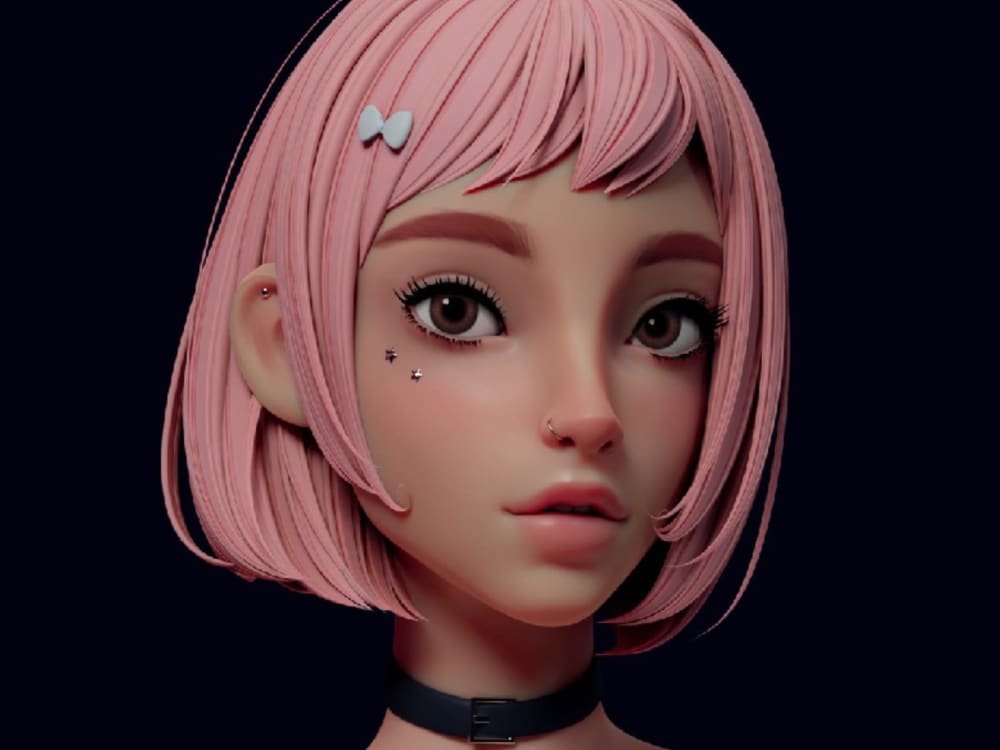
How Can I Protect My 3D Character Designs From Being Copied or Stolen?
Securing copyrights is paramount to protect your 3D character designs from theft. Additionally, utilizing watermarks can deter unauthorized replication, ensuring your innovative creations remain exclusive and safeguarded from potential copycats.
 Digital Art InstructionDIY Infographics DesignMobile Game ArtworkPersonalized Logo Design3D AnimationeBook Covers DesignPrivacy PolicyTerms And Conditions
Digital Art InstructionDIY Infographics DesignMobile Game ArtworkPersonalized Logo Design3D AnimationeBook Covers DesignPrivacy PolicyTerms And Conditions
